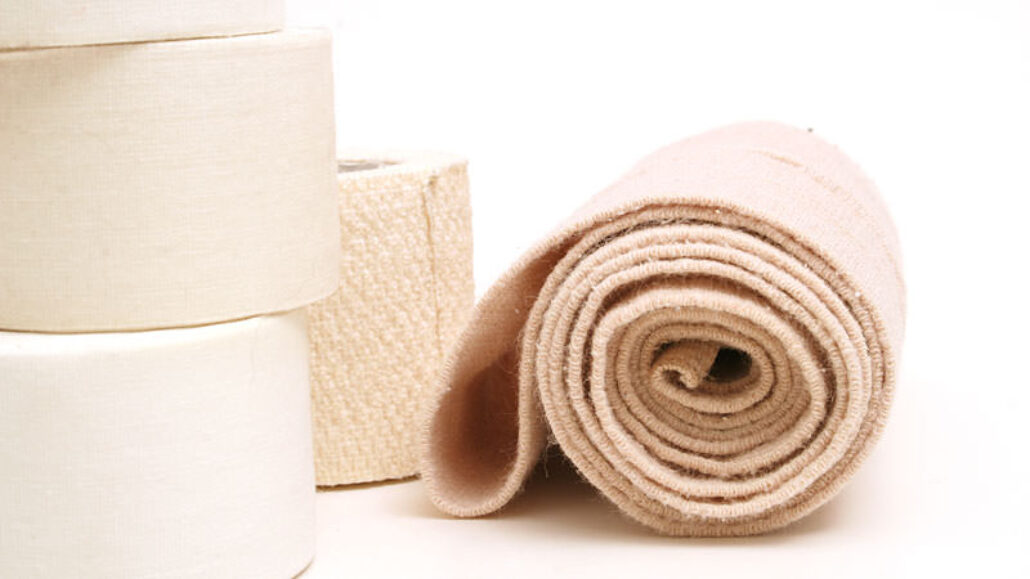In a contact sport like basketball, injuries are fairly common and range from minor sprains to serious joint injuries. We review treatments for the most common injuries in this sport, explaining when you can treat injuries at home and when you should call Summit for a medical evaluation.
Research shows that playing sports confers a range of benefits, from better health to stronger self-esteem. However, there are also risks, especially in high-contact sports like basketball. We review recommended medical treatments for the most common basketball injuries.
In 2004, the Consumer Products Safety Commission reported that basketball and cycling athletes suffer more injuries than competitors in football and soccer. Treated basketball-related injuries numbered 1.6 million, compared to 1 million treated injuries in football and less than 500,000 in soccer. The ankles, hands, and knees are most vulnerable to basketball injuries, and girls are two to eight times more likely to suffer knee injures.
- Ankle sprains. Minor sprains can be treated at home with rest, ice, compression, and elevation (RICE). However, if there is persistent pain and swelling over the bone, consult a Summit sports medicine physician or physical therapist. After a first sprain, you are more likely to sprain your ankle again. Working with a physical therapist after the first sprain can help you regain strength and avoid future sprains. If the injured player is a young child, the sprain may have injured the growth plates around the ankle, and should be evaluated by a physician.
- Jammed fingers. Minor swelling of a joint may be treated at home with ice, and by “buddy taping” the injured finger to an adjacent finger to protect it during play. However, if pain and swelling persist, a medical appointment and X-rays may be needed.
- Knee injuries. Injuries to the knee joint could be serious, and should be medically evaluated. While a blow on the outside of the knee injuring the medial collateral ligament may recover with ice, bracing, and a gradual return to activity, other ligament injuries may require corrective surgery to preserve and protect the longevity of joint function. When the joint injury is serious, athletes should wait for medical clearance before returning to play. It is not uncommon to wear a protective brace for at least three months following the injury.
- Deep thigh bruising. The RICE formula of rest, ice, compression, and elevation may be sufficient, but sometimes these injuries, also called quadriceps contusions, cause bleeding, crushed muscle tissue, and complications that could affect muscle function. The player should be evaluated by a Summit sports medicine professional.
- Facial cuts. Treatment is dictated by the depth of the injury, and may be handled with stitches or “butterfly” sterile tape. Ice can be used for pain relief and to control swelling.
- Stress fractures. This overuse injury should be medically diagnosed and usually requires a period of immobilization. Frequently, players are also prohibited from bearing weight on the injured leg. Recovery should be medically monitored so that the player does not return to the game until fully recovered and pain-free.
Although we can’t completely prevent basketball injuries, we do know that athletic activity is still much more healthful than sedentary habits. The sports medicine team at Summit is focused on educating athletes about the preventative measures they can take, and providing the highest quality of medical care when injury does occur.
Summit Orthopedics offers comprehensive sports medicine expertise
From Olympians to pro athletes to kids in youth sports and those that just want to be more active—Summit Orthopedics delivers expert care by fellowship-trained sports medicine physicians. If you are recently injured or concerned about ongoing pain, Summit Orthopedics sports medicine specialists have the expertise to evaluate your discomfort and develop a plan to quickly and safely help you get back to being active.
Start your journey to stronger, healthier athletic condition. Find your sports medicine expert, request an appointment online, or call us at (651) 968–5201 to schedule a sports medicine consultation.
Summit has convenient locations across the Minneapolis-St. Paul metro area, serving Minnesota and western Wisconsin. We have state-of-the-art centers for comprehensive orthopedic care in Eagan, MN, Vadnais Heights, MN, Plymouth, MN, and Woodbury, MN, as well as several additional community clinics.
More resources for you
- Safety Equipment A Basketball Player Needs
- Know The Most Common Basketball Injuries
- High School Basketball Injury Prevention
